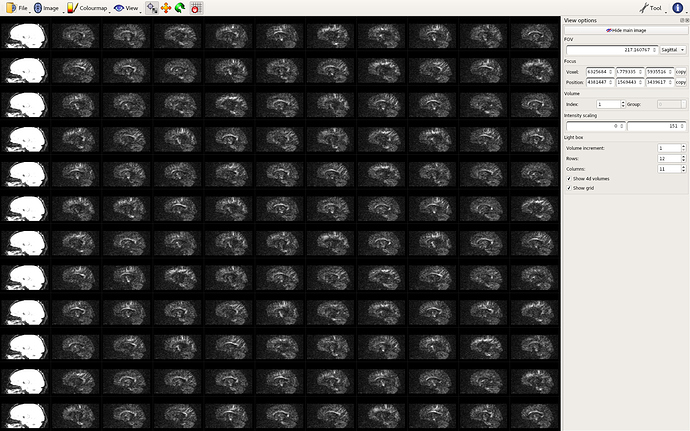The last few months of work have resulted in another batch of updated features. The most important changes motivating this second release candidate relate to the bias field correction and intensity normalisation process previously performed by the mtbin command, which affects the fixel-based analysis pipeline in particular. Users who are in the process of performing a fixel-based analysis on their data should pay special attention to the changes this update brings to the bias field and intensity normalisation and other steps (and documentation) of the fixel-based analysis pipeline (see below for details).
This release candidate introduces a number of bug fixes and enhancements, but also other changes that you will need to know about, in particular:
-
the
mtbincommand is now deprecated; users are urged to use the newmtnormalisecommand instead. -
dwipreprochas been updated to better handle acquisitions with repeated DWIs. -
mrviewnow supports displaying multiple volumes in lightbox mode. - new
-maskoption tofixelcfestats -
mrdegibbs: a new command to remove Gibbs ringing artefacts. - changes to voxel size handling in
population_template - the energy term used in
dirgenand associated commands has been corrected. - improved DICOM handling for series containing multiple image types
- support for reading TIFF images
Other more minor enhancements:
- support for exporting tracks to PLY format via
tckconvert(courtesy of Daniel Blezek) - improved handling of MGH/NGZ images
- fix handling of large files on Windows
- fix of the
-shelloption fordwi2fod msmt_csd(thanks to @isAarya for reporting!)
As always, you can update your install by performing a git pull followed by ./build at the command line (while in your MRtrix installation folder).


 (Note that in some instances, the memory usage of
(Note that in some instances, the memory usage of